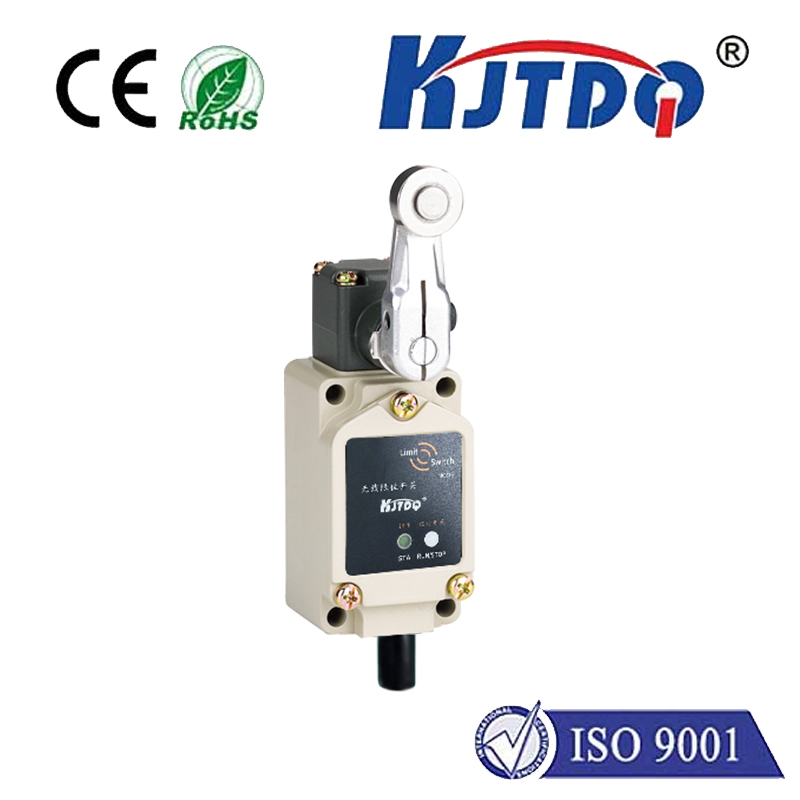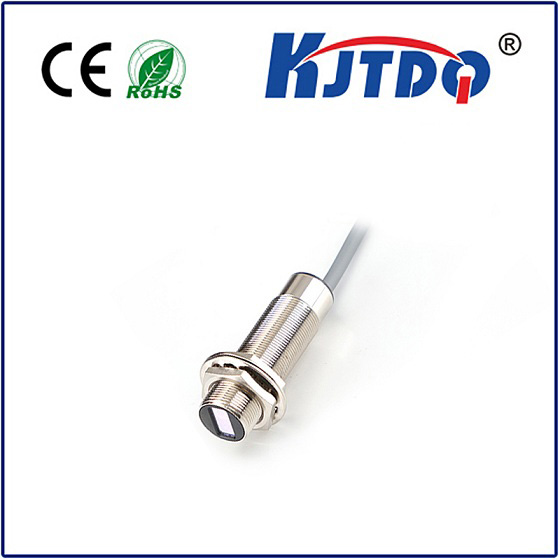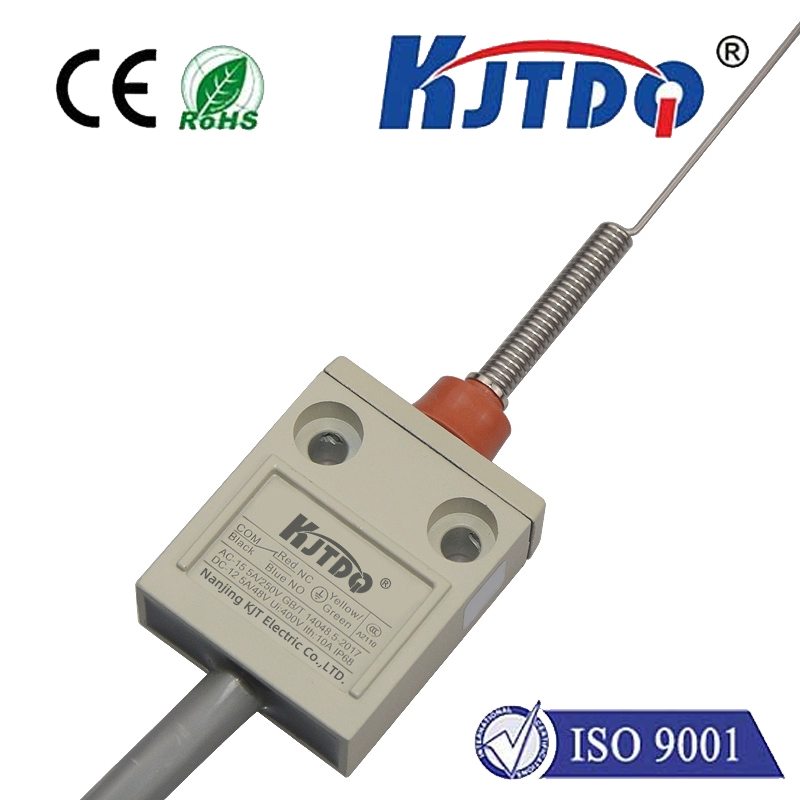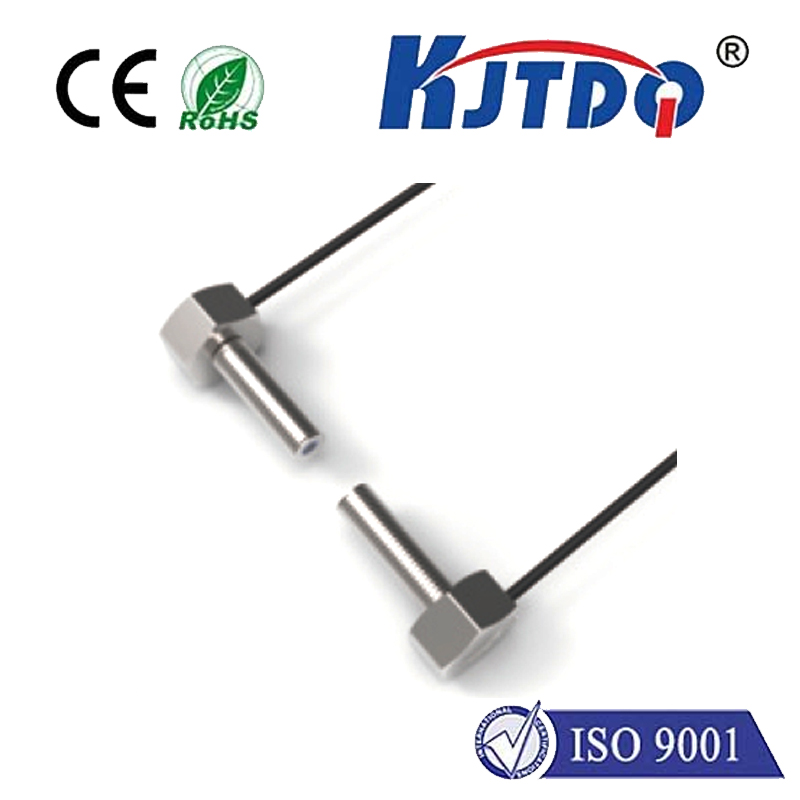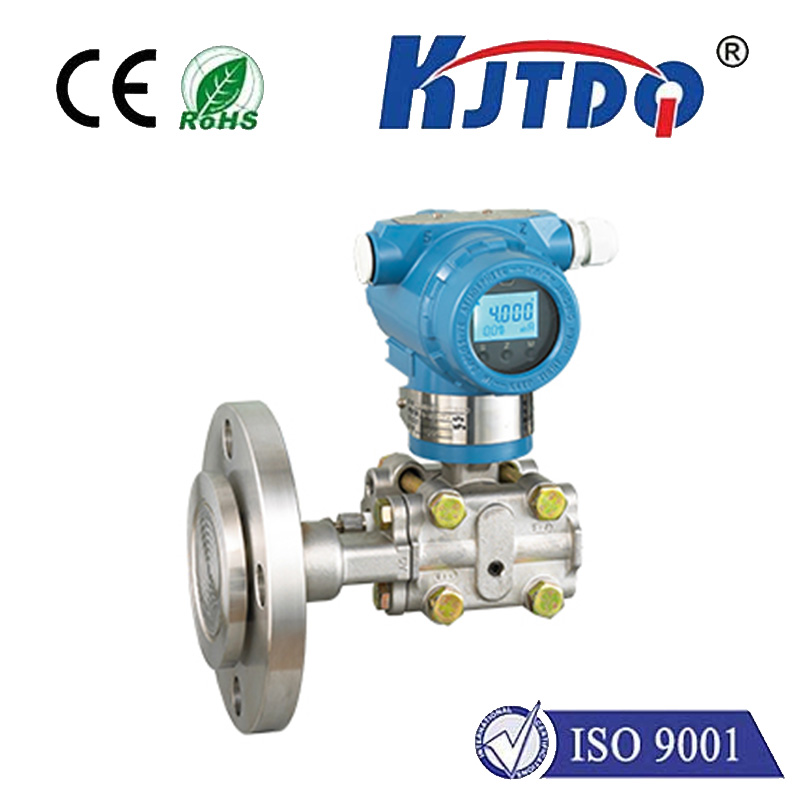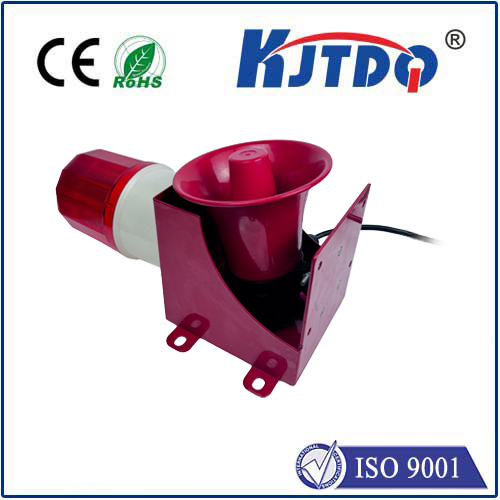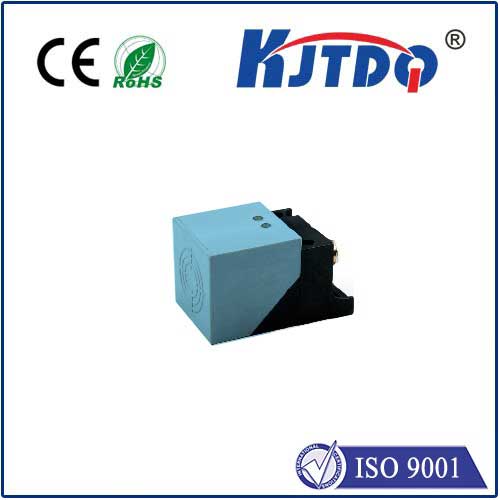
check

check

check

check
Introduction:
The development of technology has led to the creation of numerous devices that have made our lives more convenient. One such device is the infrared proximity switch, which has become increasingly popular due to its many benefits. This article aims to provide an in-depth understanding of infrared proximity switches, exploring their advantages, applications, and practical uses in various industries.
Body:
1. The Technology behind Infrared Proximity Switches
Infrared proximity switches are electronic devices that operate by using infrared light beams to detect the presence or absence of objects. When an object stands in front of an infrared sensor, it emits infrared radiation, which is detected by the sensor. The switch then activates or deactivates accordingly. This technology offers several advantages over traditional mechanical switches, such as improved accuracy, reliability, and ease of installation.
2. Advantages of Infrared Proximity Switches
a. Improved Accuracy: Infrared proximity switches can detect the presence or absence of objects with high precision, making them ideal for use in applications where accurate detection is crucial, such as security systems and automated doors.
b. High Reliability: Unlike mechanical switches that may wear out over time or fail to operate correctly due to external factors like moisture, dust, or interference from other devices, infrared proximity switches are designed to be robust and reliable. They can withstand extreme temperatures, humidity levels, and environmental conditions without compromising their performance.
c. Easy Installation: Infrared proximity switches require minimal maintenance and can be installed quickly and easily without the need for complex wiring or additional hardware. This makes them an attractive option for businesses looking to improve their operational efficiency while reducing costs associated with installation and maintenance.
3. Applications of Infrared Proximity Switches
a. Security Systems: Infrared proximity switches are commonly used in security systems to detect the presence of intruders or unauthorized individuals. They can be mounted on doors, windows, or other entry points to trigger alarms or lock/unlock mechanisms when an object passes through the detection zone.
b. Automation & Control Systems: In industrial settings, infrared proximity switches can be used to control machinery and equipment by sensing the presence or absence of operators or other objects in the work area. This helps improve safety and productivity by reducing the risk of accidents caused by misoperation or human error.
c. Lighting Control: Infrared proximity switches can be integrated into lighting systems to create occupancy sensors that turn off lights when a room is empty or when a person enters the space. This not only saves energy but also improves convenience and comfort for users.
Conclusion:
In conclusion, infrared proximity switches offer numerous advantages over traditional mechanical switches, including improved accuracy, reliability, and ease of installation. Their practical uses in various industries, such as security systems, automation/control systems, and lighting control, further demonstrate their value as essential components in modern facilities and infrastructures. As technology continues to evolve, we can expect infrared proximity switches to play an increasingly critical role in enhancing our daily lives and improving overall efficiency and safety in various applications.
